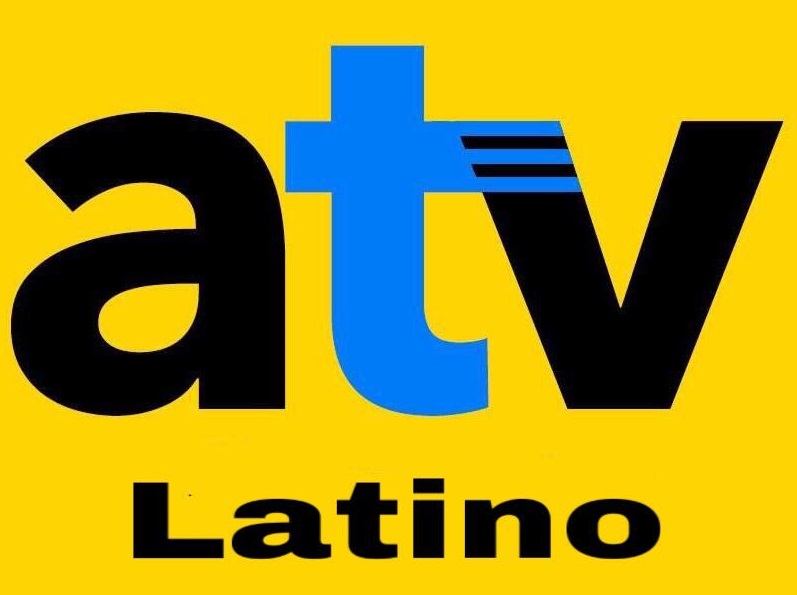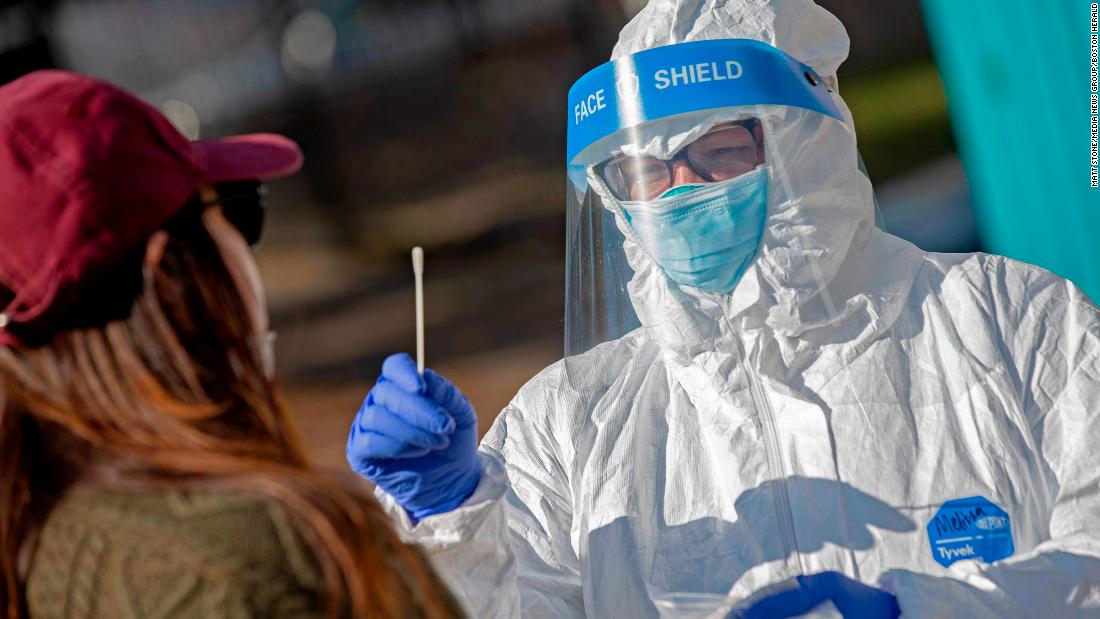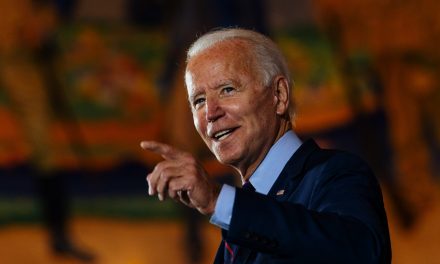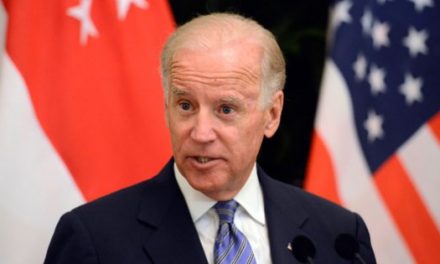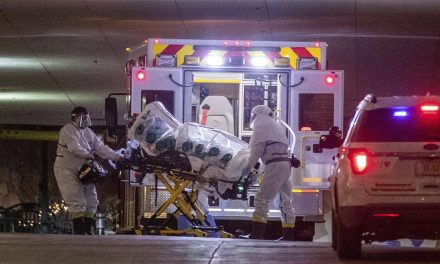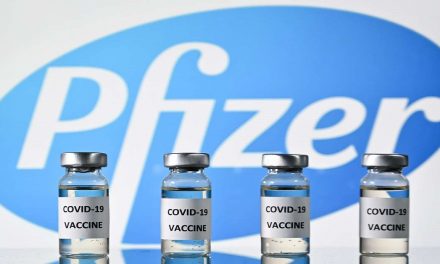Public health experts say state and local governments are underfunded and unprepared for what is expected to be the largest vaccination campaign in U.S. history.
While the Trump administration has spent more than $10 billion supporting the development of COVID-19 vaccines, just $340 million has been allocated to agencies below the federal level to help with distribution efforts that will cost anywhere from $6 billion to $13.3 billion, according to various estimates.
Health care workers, nursing home residents and other priority groups could be vaccinated as soon as this month, according to estimates by Trump officials. But the administration has not planned for the subsequent vaccination of hundreds of millions of Americans in the general population next year, or how to pay for it.
“We knew vaccines would be in development, so it’s not a surprise we would need to build up the deployment system. Now we could be weeks away from the first doses going out and we really haven’t invested in any of that work,” said Adriane Casalotti, chief of government and public affairs at National Association of County and City Health Officials.
“Things could have been done earlier without having to reach this level of emergency,” she added. “To not have put a single dime toward deployment of it is a real disservice.”
The administration’s Operation Warp Speed plans to ship out 6.4 million doses of Pfizer’s COVID-19 vaccine within 24 hours of receiving authorization from the Food and Drug Administration. Federal officials estimate shipments will begin in mid-December, with each state receiving a certain proportion based on its population.
Health workers and nursing home residents are likely to be first in line, followed by other essential workers, as well as teachers, the elderly and people with underlying health conditions.
Members of the general public could begin receiving vaccinations by March when monthly production is projected to reach as much as 150 million doses.
Vaccinating the vast majority of Americans requires at least $8.4 billion in funding for state and local governments, according to estimates from NACCHO, the Association of State and Territorial Health Officials and the Association of Immunization Managers. Centers for Disease Control and Prevention (CDC) Director Robert Redfield previously told Congress about $6 billion would be needed.
Both Democrats and Republicans in Congress say they recognize the need for vaccine distribution funding, but negotiations over another COVID-19 relief bill have yet to lead to a deal despite months of sporadic talks.
“I’m not getting a sense from Congress that there’s tremendous urgency on this,” said Topher Spiro, vice president for health policy at the left-leaning Center for American Progress (CAP).
“This effort is going to be on par, or should be on par, with landing a man on the moon. It should be one of the largest efforts ever undertaken by governments and it’s really important to get it right to restore faith in the government and I don’t understand why Congress would nickel and dime this funding. There’s a huge risk of underfunding vaccine distribution, which would be catastrophic.”
Spiro said he is concerned states won’t be able to plan appropriately and won’t have as much capacity to vaccinate people as they otherwise would if they knew they were receiving “robust” federal funding.
“If the production of the vaccine is there, we want to have the capacity to vaccinate and not stretch out over many months. We want to try to vaccinate as many people as quickly as possible in the spring… obviously, the goal here is to achieve herd immunity as rapidly as possible.”
CAP and Richard Serino, former deputy administrator of the Federal Emergency Management Agency, estimated that $13.3 billion will be needed for a mass vaccination effort in the U.S.
The Hill
